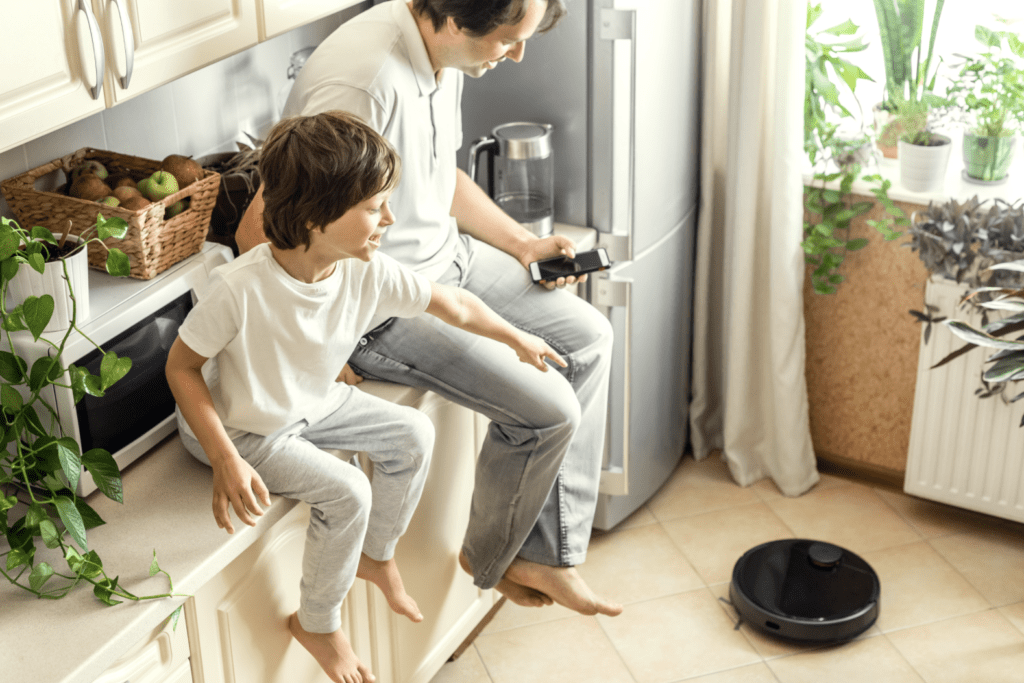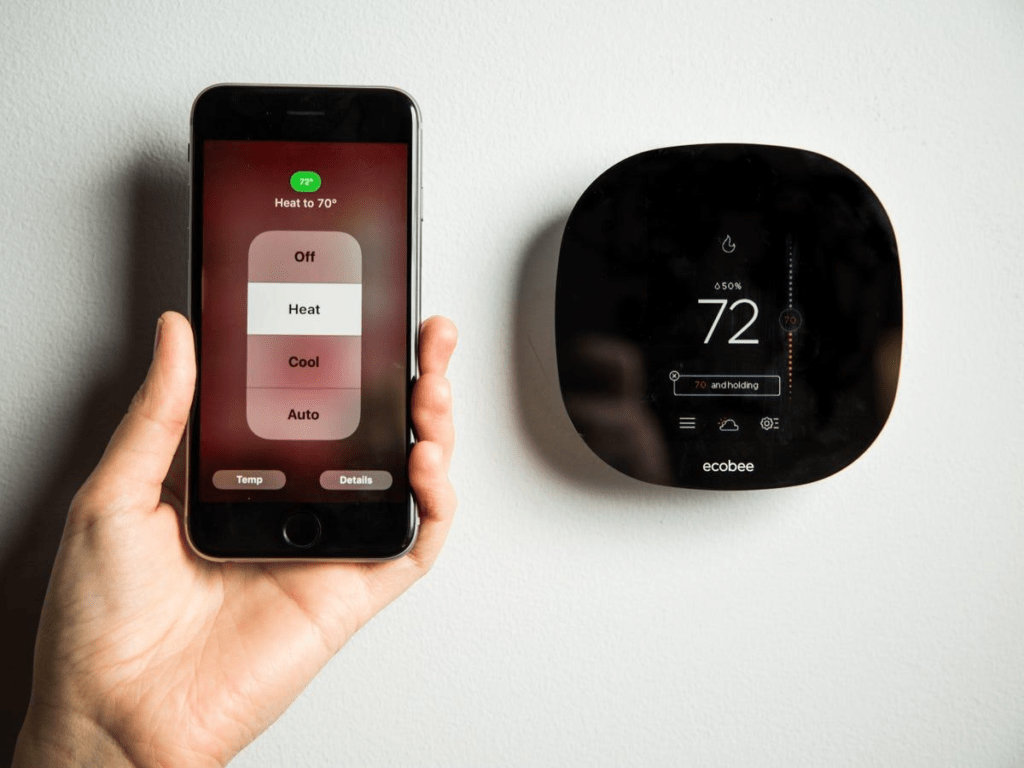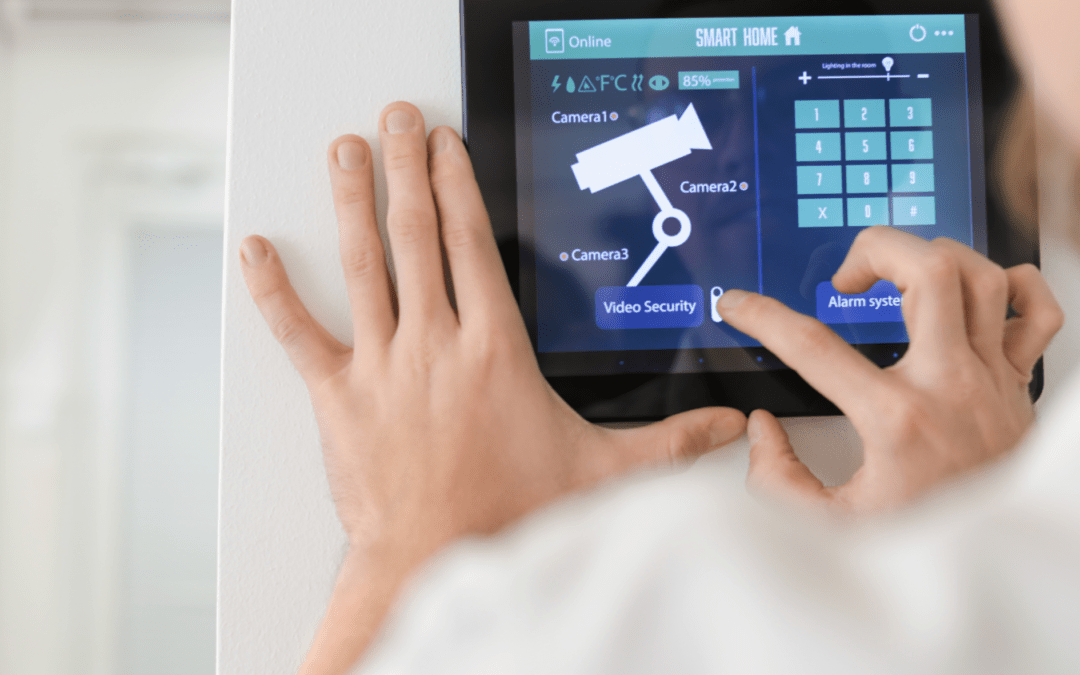INTRODUCTION:

MEP engineering refers to the Mechanical, Electrical, and Plumbing engineering services that are essential to ensure the safety, functionality, and sustainability of a building.
Home innovation can be defined as the man interpreting a concept or design into a good or service that creates value or for which consumers er of will pay.
Innovation is about successfully implementing a new idea and creating value for your customers and stakeholders.
Today’s innovations are invented to promote an excellent quality of life at home. As your source for modern MEP designs and systems, Source2Load Engineering and Consulting provides you with the most reliable MEP engineering service in Texas. Gone are the days when technology needs heavy direct action from humans in order to function. Today, we have motion-censored, voice-activated, AI- controlled and so much more.. All of these are made to promote comfort and convenience which all starts at home where you should feel the most comfortable, and at ease.
7 Home Innovations for a Modern and Sustainable Living Experience

Those who work closely with an MEP engineering firm with years of experience will understand that there’s more to Mechanical, Electrical, and Plumbing projects. Below are some of the most common home innovations that our previously completed projects requested:
1. Solar Rooftop Solutions
2.Smart Toilets
3. Eco-Friendly Plumbing
4. Smart thermostats
5. Energy-efficient Lighting
6. Leak Detectors
7. Tankless water heating
1. Solar ROOF TOP SOLUTIONS:

A rooftop solar power system, or rooftop PV system, is a photovoltaic (PV) system that has its electricity-generating solar panels mounted on the rooftop of a residential or commercial building or structure.
The Advantages of Rooftop Solar Power Plant
- Reduction in Electricity Bills. …
- Low maintenance costs. …
- Solar Power Is Good for the Environment. …
- Solar Power Causes Less Electricity Loss.
As mankind advanced in science and technology, it’s common knowledge that mother nature has suffered a lot. This has motivated scientists to find ways to produce energy while still making sure the negative effects on nature are kept at a minimum. The solar energy conversion equipment is then made.
2. SMART TOILETS:

- Today’s smart toilets are outfitted with sensors that activate the flushing mechanism. When you move away from the toilet, it senses the distance of your body and flushes automatically. Alternatively, you can wave a hand in front of the toilet to get it to flush. While this is a fun tech feature, it’s also functional.
- With a smart toilet, cleaning the most intimate areas of your body can become as quick and hassle-free as a toilet visit. Toilets with integrated bidets allow you to clean your anal and perianal areas with water, and many models also include a drying function, where hot air gently dries your skin after washing.
- These toilets bring many benefits. With toilets being used daily, smart toilets are an investment that you will feel the benefits of for years to come.
3. ECO-FRIENDLY PLUMBING :

- Install low-flow toilets, high-pressure showerheads, usage meters, and the list goes on. But if you really want to go green, consider also solar hot water systems, rainwater tanks, tankless water heaters, changing your pipes with insulated ones, etc.
- An eco-friendly plumbing system provides a great contribution to water conservation. With a dual plumbing network (dual piping), water is separated into potable and reclaimed water. Potable water goes through lines directly connected to outlets for consumption. While reclaimed water refers to treated sewer water to make it usable for irrigation and toilet flushing.
4. SMART THERMOSTAT:

- Smart thermostats provide a convenient and effective way to reduce energy consumption and save money on heating and cooling bills. Consumer demand to automate and control home environments is making smart thermostats increasingly popular. North America, followed by Europe, leads the smart thermostats market.
- A smart thermostat is a Wi-Fi-enabled device that automatically adjusts heating and cooling temperature settings in your home for optimal performance. Smart thermostats that earn the ENERGY STAR label have been independently certified, based on actual field data, to deliver energy savings.
5. ENERGY-EFFICIENT LIGHTING:

- The light-emitting diode (LED) is today’s most energy-efficient and rapidly-developing lighting technology. Quality LED light bulbs last longer, are more durable, and offer comparable or better light quality than other types of lighting.
- There are two main types of energy-efficient light bulbs available: compact fluorescent lamps (CFLs) and light-emitting diodes (LEDs). LEDs are the most common and adaptable light fitting and are suitable for replacing dimmable lights and spotlights. LEDs are also more energy-efficient than CFLs
- The main benefits of energy-efficient lighting include reduced electricity demand, dramatic energy and maintenance savings, and lower operating costs
6. LEAK DETECTORS:

- A leak detection system monitors the flow of water through a pipeline. When abnormal behavior is detected, the system cuts off the water flow to the entirety of the household by closing a valve within the leak detector. Leak detection systems are usually installed at the water’s point of entry into the home
- Leak detection has many advantages over traditional methods of finding leaks, including It’s precise. Leak detection doesn’t just locate the general area of the leak—it detects the exact location, so we won’t have to dig around for the problem. It’s non-destructive.
7. TANKLESS WATER HEATING:

- Tankless water heaters — also called instantaneous, continuous flow, inline, flash, on-demand, or instant-on water heaters — are water heaters that instantly heat water as it flows through the device, and do not retain any water internally except for what is in the heat exchanger coil unless unit is equipped with an internal buffer tank
- Tankless water heaters heat only as much water as you need. They heat the water when it’s needed. This on-demand heating makes the units more energy efficient. Compared to traditional water heaters, tankless models can reduce energy use by up to 34 percent. internal buffer tank.
The biggest downside of tankless water heaters is their higher initial cost. A good quality tankless heater will run you more than a traditional storage-tank model, although the savings in energy costs over time can make up for this difference.
Brunswick Engineering, a company registered in the states of NJ, NY & PA, offers Mechanical, Electrical, Plumbing & Fire Protection Engineering design services to both the public and private sectors. With a team of Registered Professional Engineers, LEED Accredited Professionals, Design Engineers, and CAD Draftsmen/Technicians, Brunswick Engineering is committed to delivering high-quality MEP services in line with sustainable building practices.

